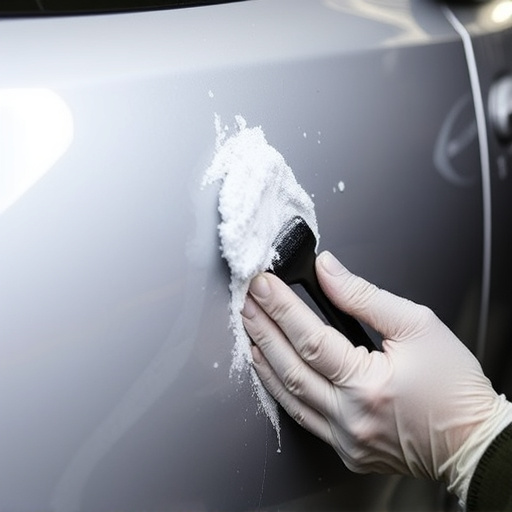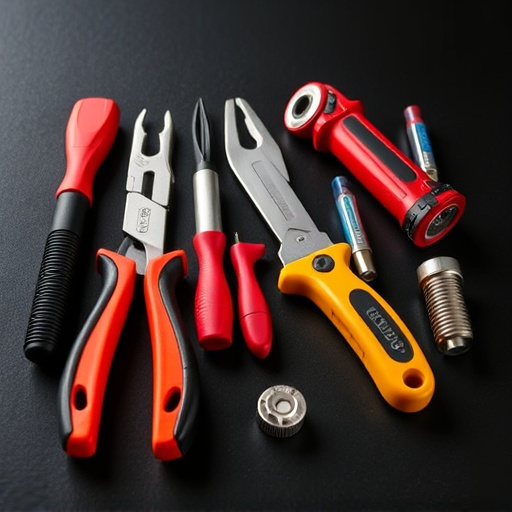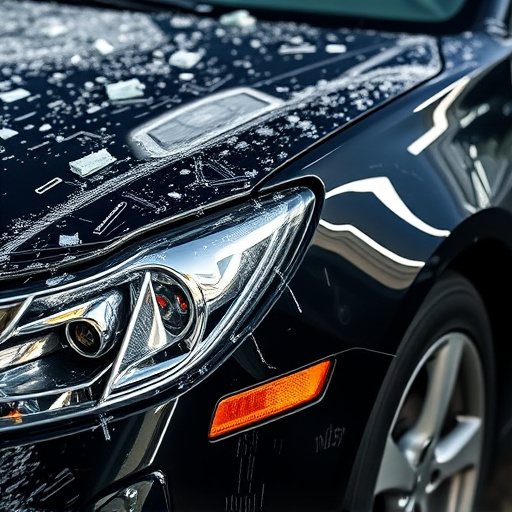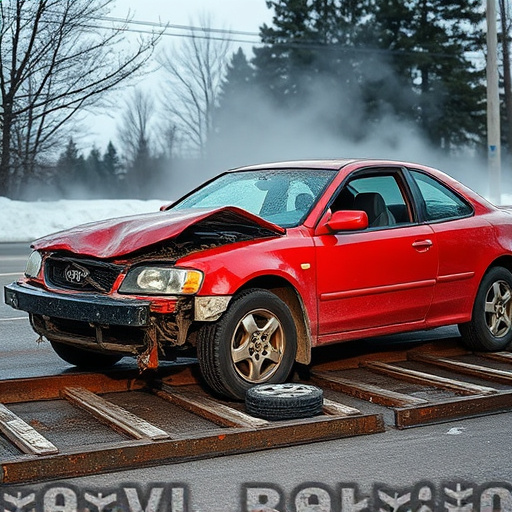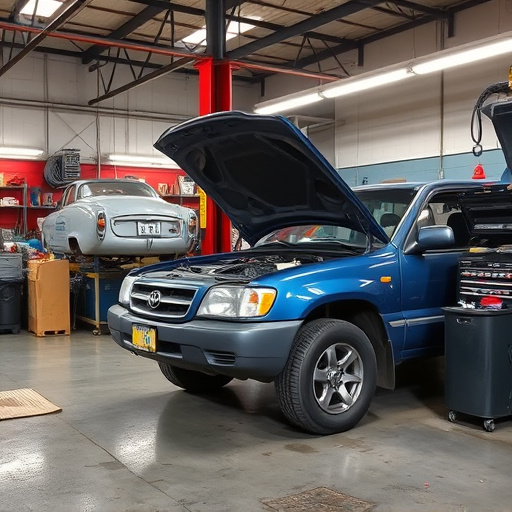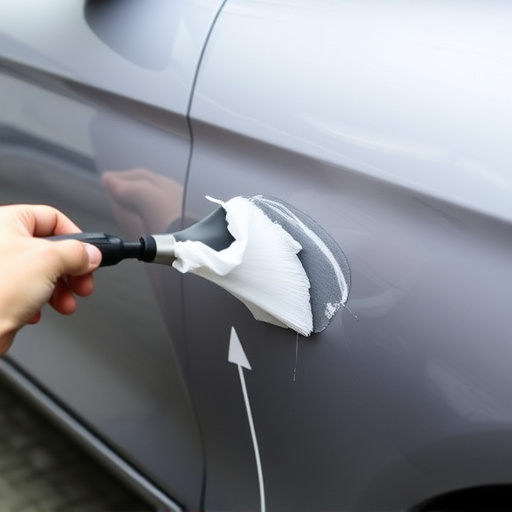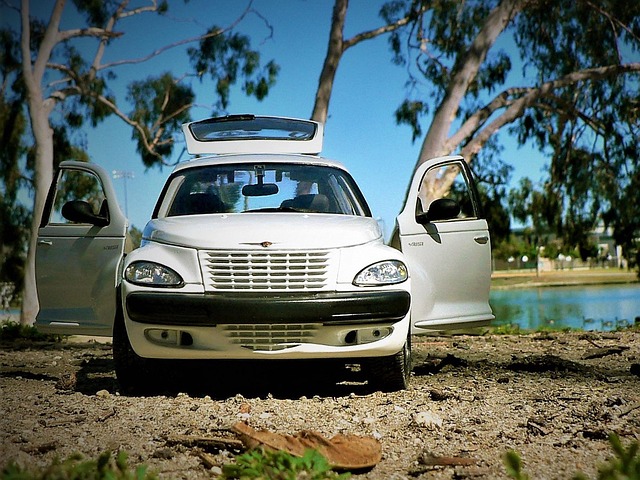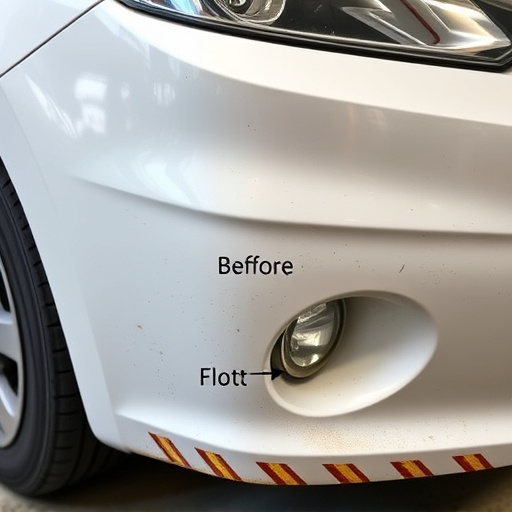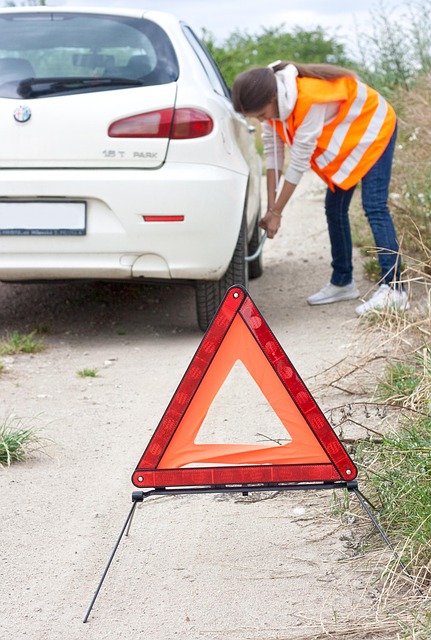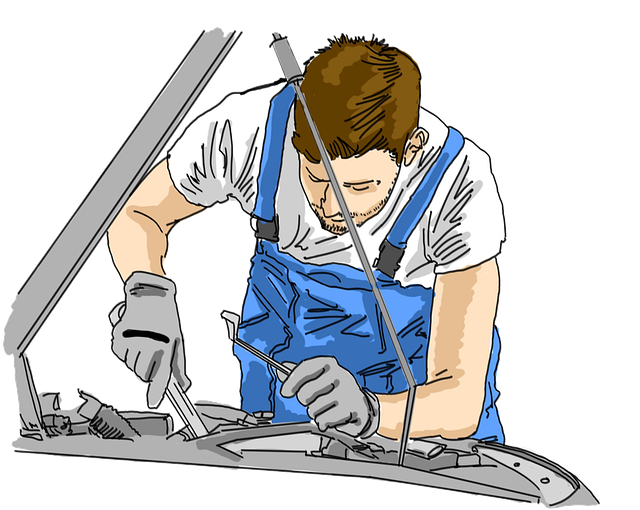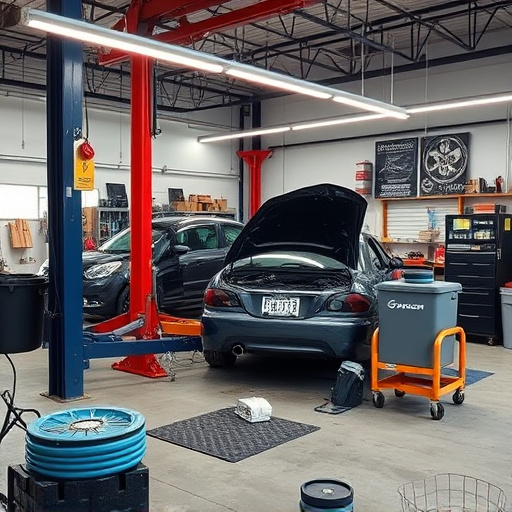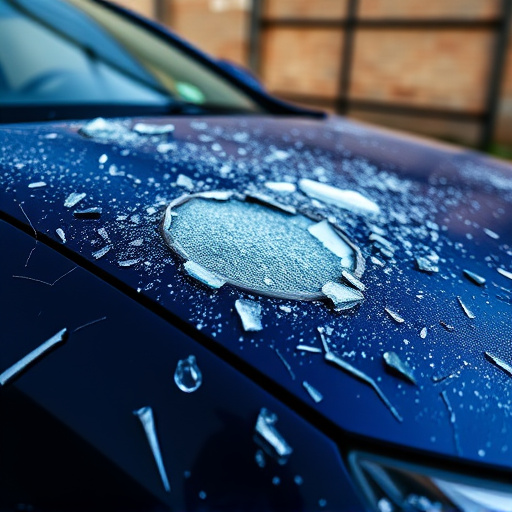Spot welding equipment is a vital tool in automotive manufacturing and repair, offering precise, robust metal-to-metal bonds. It revolutionizes auto body work by enabling efficient assembly, production, and repair of panels and frames with minimal time. Its precision allows technicians to preserve original vehicle specifications during collision repairs, minimizing damage and accurately replicating design details. Choosing the right spot welding equipment based on metal type, vehicle size, design, and desired outcome is crucial for achieving optimal results in both simple tasks and complex restoration projects.
Spot welding equipment plays a pivotal role in automotive manufacturing, ensuring precision and efficiency. This article delves into the intricate process of spot welding and its unparalleled impact on preserving original vehicle specifications. We’ll explore how the right equipment maintains structural integrity, adheres to design specifications, and contributes to high-quality automotive production. Understanding the significance of spot welding equipment is key to optimizing vehicle fabrication.
- Understanding Spot Welding Equipment and its Role in Automotive Manufacturing
- Preserving Original Vehicle Specifications: The Impact of Spot Welding
- Choosing the Right Spot Welding Equipment for Optimal Results
Understanding Spot Welding Equipment and its Role in Automotive Manufacturing
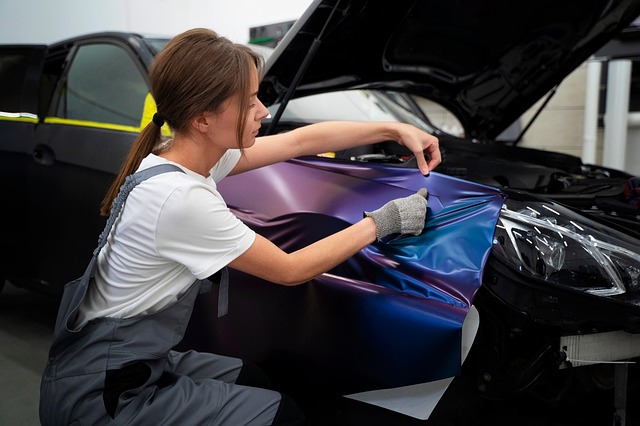
Spot welding equipment plays a pivotal role in modern automotive manufacturing, ensuring precise and robust connections between metal components. This specialized machinery utilizes high-energy electric arcs to melt and fuse two or more metal sheets together, creating strong bonds that are integral to vehicle construction. In the realm of auto body work, spot welding is a game-changer, enabling efficient assembly of panels, frames, and other structural elements in both auto body shops and during mass production.
By employing spot welding equipment, manufacturers can achieve superior strength and integrity in fender repair and other precision operations. This technology facilitates the creation of complex vehicle designs with minimal assembly time, ensuring that original vehicle specifications are maintained throughout the manufacturing process. The versatility of spot welding equipment allows for intricate patterns and configurations, making it a cornerstone of modern auto body work, and contributing to the overall quality and reliability of automobiles produced worldwide.
Preserving Original Vehicle Specifications: The Impact of Spot Welding

Spot welding equipment plays a pivotal role in preserving original vehicle specifications, especially during vehicle collision repair and auto frame repair processes. Unlike traditional welding methods, spot welding focuses precisely on localized areas, allowing for meticulous control over the bonding process. This level of detail ensures that structural integrity is maintained while minimizing material damage, crucial factors in achieving accurate frame straightening.
By leveraging modern spot welding equipment, technicians can accurately replicate the original vehicle design and specifications, enhancing safety and performance. The precise nature of spot welding reduces the risk of unintended alterations to the vehicle’s internal components and structural framework, which is particularly important during complex auto frame repair scenarios. This specialized technique not only speeds up the repair process but also guarantees that the restored vehicle retains its original character, providing a seamless driving experience for folks across various landscapes.
Choosing the Right Spot Welding Equipment for Optimal Results

When it comes to preserving original vehicle specifications during repairs or restorations, selecting the appropriate spot welding equipment is paramount. The right machinery ensures precise and strong welds, maintaining the integrity of the car’s structure and, in many cases, its aesthetic appeal. Key factors to consider include the type of metal being welded, the size and design of the vehicle, and the desired outcome—whether it’s a seamless repair that blends with the existing bodywork or a more specialized restoration focusing on historical accuracy.
Choosing the right spot welding equipment involves understanding your specific needs in terms of power, precision, and versatility. Modern advancements have led to a range of options suitable for various tasks, from straightforward car paint services and auto dent repair to intricate car restoration projects. By aligning your choice with these requirements, you can achieve optimal results, ensuring that the vehicle retains its original specifications and, where necessary, enhances them through expert intervention.
Spot welding equipment plays a pivotal role in maintaining original vehicle specifications during manufacturing. By understanding its unique benefits and selecting the appropriate tools, automotive engineers can ensure precise, strong welds that preserve the integrity of each vehicle. This, in turn, enhances safety, performance, and overall quality, meeting the high standards expected in today’s market. Choosing the right spot welding equipment is key to achieving these goals and ensuring customer satisfaction.
